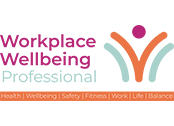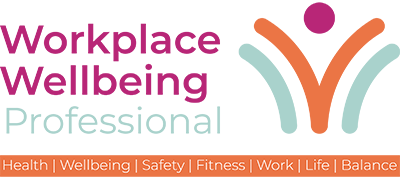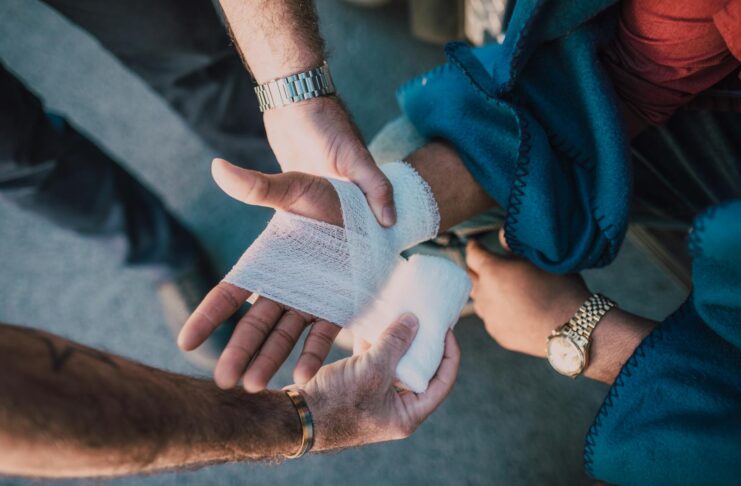Employers are being urged to tighten workplace safety procedures and staff training to protect themselves from fraudulent injury claims, as well as genuine legal action following workplace accidents.
According to experts from Phoenix Health & Safety and law firm Wright, Johnston & Mackenzie LLP, while many claims for injury or illness at work are fair and necessary, some may be exaggerated or entirely fabricated. These, they warn, can pose serious legal and financial risks for organisations.
“Any breach of health and safety duties under the 1974 Health and Safety at Work Act carries hefty legal penalties including fines and criminal prosecution,” said employment law specialist John Grant. He added that it was “imperative that employers ensure they take their legal responsibility seriously, and ensure that they have adequate health and safety policies and procedures in place to protect everyone who may be affected by the business activities”.
The advice follows new figures showing that 33.7 million working days were lost to work-related illness or injury in the UK last year, with more than 600,000 non-fatal incidents reported in 2023–24, according to the Health and Safety Executive (HSE).
Common Injury Claims and How They Arise
Workplace accidents most often involve slips, trips and falls, particularly in settings such as warehouses, construction sites and factories. Other high-risk areas include working at height, poor manual handling practices and falling objects.
Nick Higginson, CEO of Phoenix Health & Safety, noted that long-term injuries such as back strain, repetitive stress disorders, or hearing loss due to poor workstation setups or inadequate PPE provision were also a growing concern.
“With over 600,000 non-fatal workplace incidents reported in 2023/2024, injuries in the workplace are common and can have severe consequences,” he said.
“If an employee attempts to fraudulently claim against an employer under health and safety grounds, it can be difficult for the employer to correctly navigate the situation.”
That’s why, he said, thorough documentation and proactive health and safety management are crucial. Employers must be able to demonstrate that they have followed correct protocols and can provide evidence if an incident occurs.
“As an employer, ensure that you can demonstrate correct health and safety protocol is being followed, and attempt to gather as much evidence as possible around the circumstances of the employee’s injury, including whether or not they were acting in accordance with health and safety regulations,” advised Higginson.
Preventative Measures and Employer Guidance
Higginson said the best defence against both legitimate and fraudulent claims was adequate and ongoing audits and training.
“The number one thing employers can do to protect themselves is to ensure that health and safety regulations are implemented and consistently followed by all staff. This will not only help them to protect themselves legally in the event of an incident, but will also have the overall effect of reducing accidents and raising safety standards in the company,” he said.
He advised companies to carry out regular audits, risk assessments and staff refresher training. Investing in professionals with recognised qualifications such as IOSH or NEBOSH can also raise standards across the organisation.
Grant added that employers should also consider offering occupational health schemes and promoting a culture where staff feel supported and heard.


